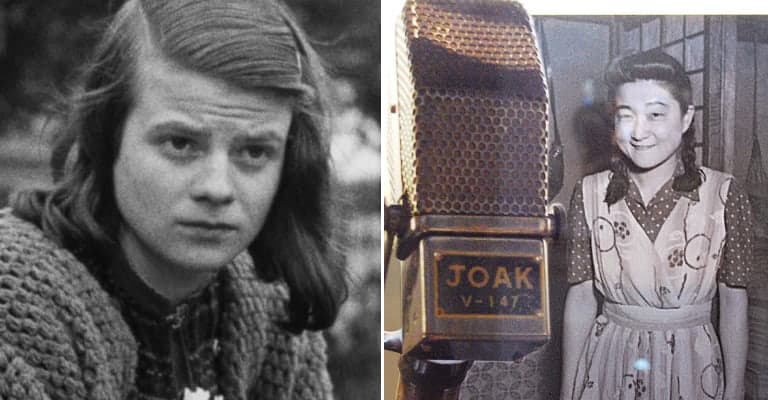History is full of traitors; people deemed disloyal to their country, cause or those closest to them. However, while many male traitors are well known, the names of all but a few female traitors remain obscure. For women too could become turncoats, either for personal gain or idealistic convictions. Some female traitors were the victims of coercion, while history regards others as falsely accused or framed. Other women were branded as treacherous for taking a stand against tyranny while others turned traitor as an act of revenge. Whatever their motivation, the stories of these women, famous or unknown are equally fascinating.

16. Arsinoe: The Egyptian Princess who Betrayed her Sister- but was Loyal to her People.
The Ptolemies were not known for their loyalty to each other. The dynasty, founded by Alexander the Great’s general, styled themselves as pharaohs of Egypt and so acted accordingly. Incest and rivalry were rife. However, in the dying days of Egyptian independence, this rivalry spiraled out of all control as brothers and sisters murdered and betrayed each other to gain control of the Egyptian throne.
The situation reached its peak after the death of Ptolemy XII Auletes. Ptolemy willed the throne jointly to his eldest surviving son and daughter, Ptolemy XIII and Cleopatra. However, the brother and sister hated each other, and a power struggle ensued. Ptolemy initially gained the upper hand when he dethroned his sister and drove her into exile. However, Cleopatra, like her father, turned to Rome. In 47 BC, the Roman general, Julius Caesar restored her to the throne.
However, the Egyptian people were not happy. They resented Rome’s presence on Egyptian soil and were still particularly disgruntled by Egypt’s loss of Cyprus to the Romans in 58 BC. Caesar knew his forces were insufficient to hold off a full-scale revolt. So he attempted to appease the Egyptians by making Cleopatra’s younger siblings, Ptolemy XIV and Arsinoe rulers of Cyprus. However, the young couple never made it to their new realm. For the teenage Arsinoe escaped the palace and instead threw in her lot with her older brother.
Arsinoe escaped to Alexandria and joined the Egyptian general Achillas, whose forces continued to oppose Rome. The Egyptian people, delighted by the thought of a ruler who was not in Rome’s pocket, immediately declared Arsinoe Queen of Egypt. As Arsinoe IV, the Princess continued to resist Rome’s forces until 47 BC when she and Ptolemy XIII were finally defeated. Ptolemy drowned in the Nile, but Caesar took Arsinoe prisoner.
Caesar paraded Arsinoe through the streets of Rome in chains as part of his triumph. This humiliation should have ended with Arsinoe’s public strangulation. However, her youth and courage won over the women people. So, Caesar exiled her instead to the Temple of Artemis in Ephesus. However, even in exile, Arsinoe still represented a threat to Cleopatra’s reign. So, in 41 BC, at the Egyptian Queen’s instigation, Mark Antony ordered Arsinoe’s execution. The assassins brazenly murdered her on the steps of Artemis’s temple. It was an act that both Rome and Egypt condemned as an act of dishonor and sacrilege.

